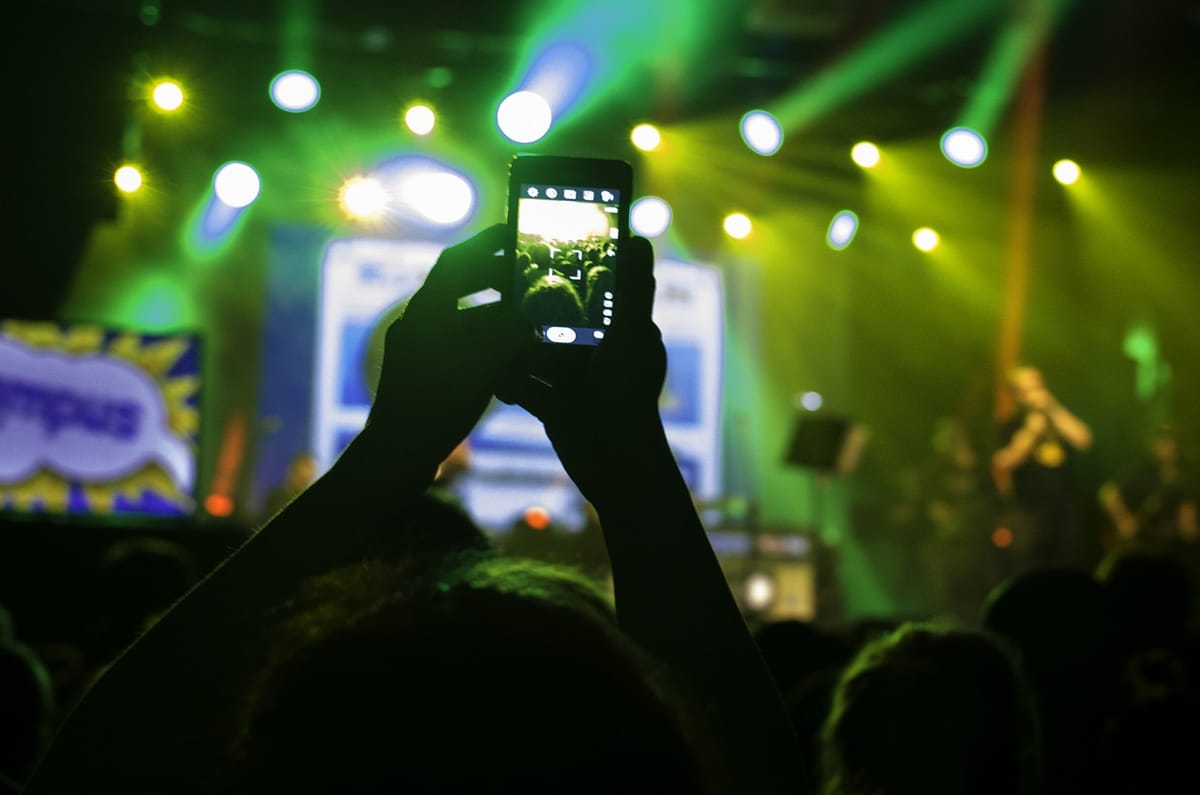Technology integrations are transforming live events

A couple of decades ago, “technology” was not something that integrated seamlessly into our daily activities or something that was ubiquitous in both our professional and personal lives.
Today, it seems that the word “technology” can be attached to practically anything. Major innovations, new devices, and rapid advancements have made technology practically omnipresent in ways that no one could have predicted, other than a few sci-fi authors.
One area that has definitely transformed dramatically over the years is the live event. Industry insiders have long-since understood the impact of technology in live events, even though outsiders may not have grasped its impact completely.
EE, which has sponsored the Glastonbury Festival for five consecutive years, is beefing up this year’s event with a bunch of free things: 4G, Wi-Fi, and phone/tablet charging. Apparently, the company expects that the event will be the “most shared” live event of 2017.
In fact, the company predicts that more than 40 TBs of data will be used during the festival, a 33 percent year-on-year. According to EE, social media continue to rise and they use more data than ever before.
Some of the culprits here are Snapchat Stories, Facebook Live, and Instagram Stories. Before, people merely posted a few status updates and perhaps a couple of photos. Now, they are much more invested in livestreaming and all other kinds of video.
Such uses, of course, use up a lot of data so EE wanted to ensure that festival goers knew exactly who was paying for all of their selfies.
While many people who visit concerts and other festivals are concerned about the increasing use of mobile devices during those live events, it seems like the majority of people is more than happy to be on their phones than not.
It seems apparent that social media has completely transformed the way many people approach live events, for better or worse. The psychology of social media and continuous posting and updating is a very interesting one and it seems to suggest that event goers are very much interested in sharing their experiences, particularly in a live, raw format.
With all that in mind, it does not seem a stretch to suggest that live events may have a completely different format in the next few years. With IoT and VR tech on the rise, the possibilities are practically endless.
From the perspective of event goers, integrated technologies can provide them with new ways of interaction. A tiny example would be custom filters for Snapchat or simple wearable devices that allow event goers to interact with on-site facilities.
Event planners and managers will also have a lot more data to work with. It allows them to analyze not only the audience but also the performers to better understand what works and what doesn’t, for example when comparing multiple events from a single tour.
With 5G on the corner and IoT expected to explode in the next three years, it will certainly be interesting to watch how live events will be affected and how people will adapt to them.



